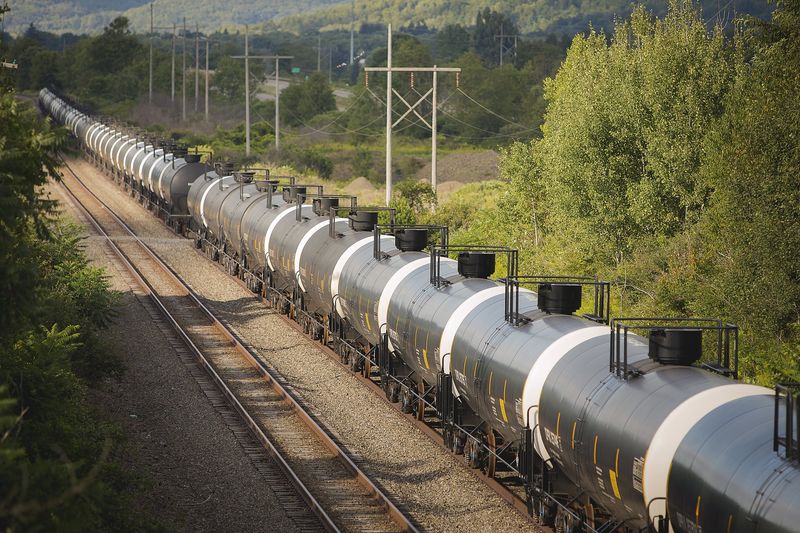Fed’s Powell opens door to potential rate cuts at Jackson Hole
Investing.com -- Oil prices settled slightly higher, extending their week-long run-up, as traders awaited a reading on U.S. crude stockpiles monitored by an industry group ahead of official inventory data due on Wednesday.
New York-traded West Texas Intermediate, the key indicator for U.S. crude, settled up 36 cents, or 0.6%, at $56.36 per barrel, after hitting a January 2020 peak of $58.62.
London-traded Brent, the global benchmark for crude, settled up 53 cents, or 0.9%, at $61.09, after setting a 13-month high at $61.27.
Analysts tracked by Investing.com expect the U.S. Energy Information Administration to cite a crude stockpile build of 985,000 barrels for last week that would virtually offset the drawdown of 994,000 barrels reported by the agency in the previous week. Prior to the EIA data due at 10:30 AM ET (14:30 GMT) Wednesday, the American Petroleum Institute will report its own weekly inventory snapshot that would be a guide for traders on what the EIA numbers could be.
Twice over the past month, the EIA has wrong-footed market expectations, reporting a drawdown once and a build the other time against forecasts to the contrary. So it remains to be seen how accurate the present call will be. For what it’s worth, the Cushing, Oklahoma, storage hub for oil delivered against the U.S. WTI, or West Texas Intermediate, benchmark saw a decline of 940,284 barrels for last week, suggesting the chance once again for the EIA to buck forecasts.
Separately, the EIA, in its Short-Term Energy Outlook published on Tuesday, said world prices were expected to decline April onwards, with Brent seen averaging $56 per barrel in the first quarter and $52 over the remaining three quarters.
The agency said it expected “high global oil inventory levels and spare production capacity” to limit upward price pressures, without giving a breakdown on global supply expectations. It instead cited expectations for global consumption, which appeared higher than a year ago.
The EIA forecast that global consumption of petroleum and liquid fuels will average 97.7 million barrels per day this year, or 5.4 million higher from 2020. For January though, the consumption was still lower than a year ago, with an estimated 93.9 million barrels per day of petroleum and liquid fuels consumed, versus the January 2020 usage of 2.8 million.
